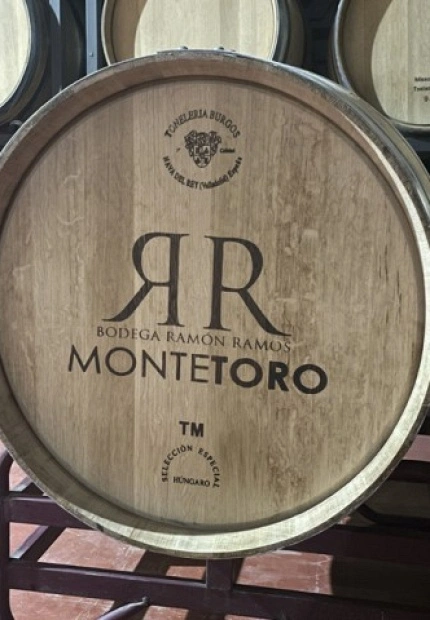Hungarian oak and the differentiation of wines
Romanian, Hungarian, and Bulgarian oak are lesser-known but equally interesting options in winemaking, and each brings distinctive characteristics to wine aging.
1. **Romanian Oak:**
- **Provenance and Characteristics:** Romania has oak forests that have gained recognition in the wine industry. Romanian oak tends to be prized for its coarser grain compared to French oak, and this can have an impact on the release of compounds during wine aging.
- **Contributions to Wine:** Romanian oak barrels can provide more robust flavors and structure to wine. It has been observed that Romanian oak can produce wines with interesting aromatic profiles, with notes ranging from vanilla to more earthy nuances.
2. **Hungarian Oak:**
- **Provenance and Characteristics:** Hungary is known for its Hungarian oak forests, especially in regions such as Tokaj and Eger. Hungarian oak is prized for its fine grain and its ability to impart complex, elegant flavors.
- **Contributions to Wine:** Hungarian oak barrels often contribute spicy and floral notes to the wine, as well as a well-integrated structure. This type of oak can be particularly suitable for lighter white and red wines, enhancing fruit expression and providing subtle elegance.
3. Bulgarian Oak:
• Provenance and Characteristics: Bulgaria, with its oak forests, has also gained recognition in the production of quality barrels. Bulgarian oak, like Hungarian oak, is usually fine-grained and contributes to wine aging in a distinctive way.
• Contributions to the Wine: Bulgarian oak barrels can provide hints of vanilla, as well as a balanced structure to the wine. Bulgarian wood tends to be less invasive, allowing the natural characteristics of the grape and terroir to be expressed more clearly.
In general, the choice between Romanian, Hungarian and Bulgarian oak depends on the winemaker's preference and the desired style of wine. Each type of oak has its own unique characteristics that can enhance the quality and complexity of the wine, providing producers with a diverse range of options to explore and experiment with when aging wines.

